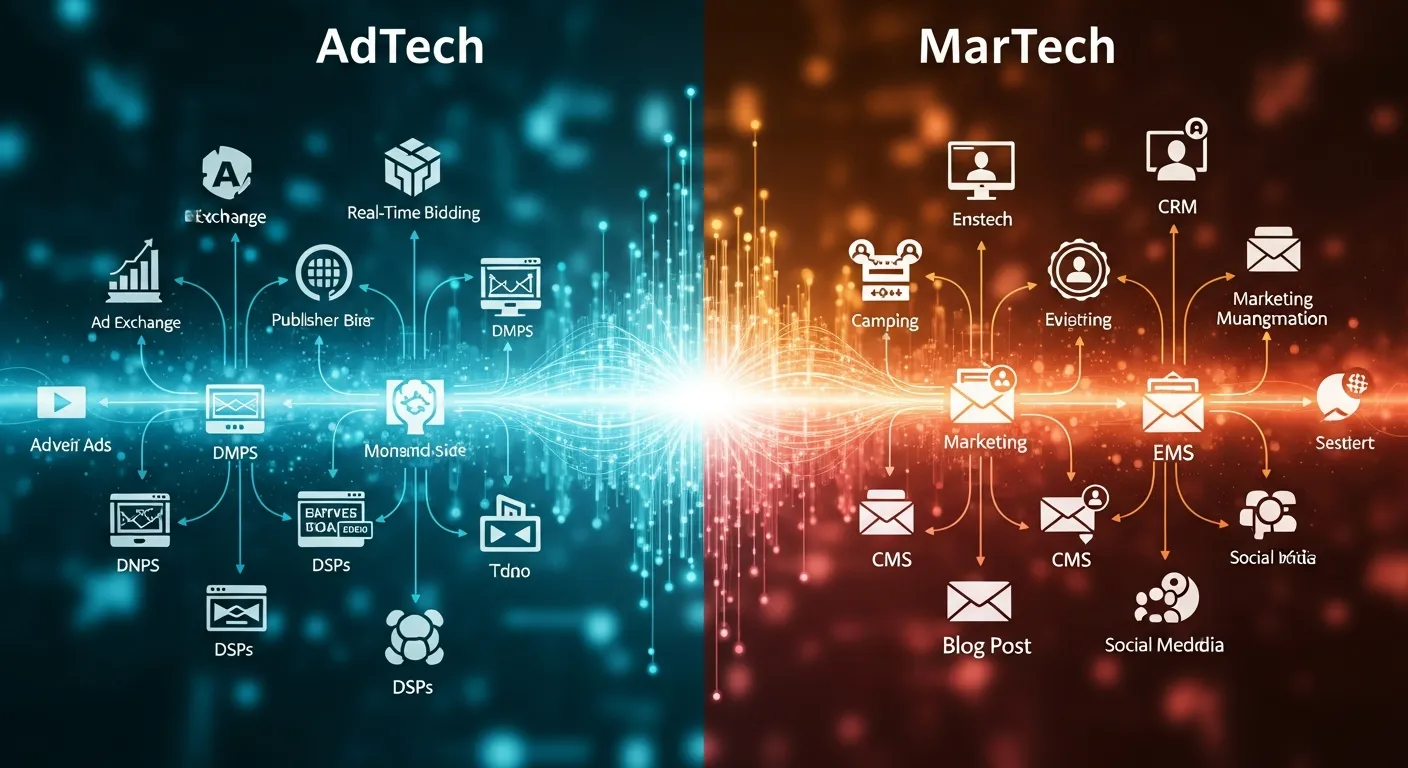In today’s fast-paced digital landscape, the demand for efficient solutions is skyrocketing. AI integration no-code platforms are revolutionizing how businesses approach technology, allowing users to harness artificial intelligence without needing extensive programming skills. This shift empowers individuals and teams to create powerful applications quickly and easily.
No-code tools are democratizing access to AI, enabling anyone from entrepreneurs to seasoned professionals to innovate and streamline processes. By removing the barriers of traditional coding, these platforms open up a world of possibilities, making it easier than ever to implement smart solutions tailored to specific needs. As organizations look to stay competitive, understanding the benefits and potential of AI integration no-code becomes essential.
Table of Contents
ToggleOverview of AI Integration No-Code
AI integration no-code platforms allow users to implement artificial intelligence capabilities without writing traditional code. These platforms utilize visual interfaces and drag-and-drop features, enabling users to develop applications effectively. Businesses can automate processes, analyze data, and enhance customer experiences with ease.
Organizations benefit from several advantages when employing no-code solutions.
- Speed: Rapid development cycles facilitate quicker deployment of AI applications. Users can launch solutions within days rather than months.
- Cost-Effective: Reduced reliance on developers lowers project costs. Teams can allocate resources more efficiently.
- User-Friendly: Intuitive design caters to non-technical users. Individuals with little to no coding experience can contribute to application development.
- Scalability: Platforms support applications that can grow with business needs. Users can adjust functionality seamlessly as demands change.
Several prominent no-code platforms exist to facilitate AI integration. These include:
| Platform | Features | Target Users |
|---|---|---|
| Zapier | Workflow automation and integrations | Small businesses and entrepreneurs |
| Airtable | Database management with automation | Teams needing data organization |
| Bubble | Web application development | Creatives and startups |
| Adalo | Mobile app creation | Non-tech users and product owners |
By leveraging AI integration no-code platforms, businesses adapt to digital advancements. They harness technological innovations while empowering a broader range of individuals to contribute actively to digital transformation.
Benefits of AI Integration No-Code

AI integration no-code platforms offer significant advantages for businesses seeking to enhance their operations and facilitate innovation. Here are key benefits associated with these tools.
Increased Accessibility
Increased accessibility characterizes AI integration no-code platforms. These tools empower users without programming backgrounds to create intelligent applications. Non-technical users, including entrepreneurs and business analysts, can implement AI features without formal training. By democratizing technology, organizations can benefit from diverse perspectives, fostering innovation and problem-solving.
Enhanced Speed of Development
Enhanced speed of development is a critical benefit of AI integration no-code platforms. Users can quickly build and deploy applications, reducing development timelines from months to days. Utilizing visual design interfaces and pre-built templates streamlines workflows, enabling rapid prototyping and iteration. Organizations can respond to market changes and customer feedback promptly, maintaining a competitive edge. The agility provided by no-code solutions accelerates digital transformation initiatives across industries.
Key Features of No-Code Platforms
No-code platforms offer essential features that enhance user experience and development efficiency. Understanding these features aids businesses in selecting the right tools for their needs.
User-Friendly Interfaces
User-friendly interfaces enable users to navigate easily without technical expertise. Visual design tools simplify the application-building process, allowing individuals to drag and drop elements into place. Intuitive dashboards provide accessible layouts, making it straightforward to manage workflows and oversee projects. Tutorials and support resources often accompany these interfaces, ensuring users can maximize platform capabilities quickly and effectively.
Built-In AI Models
Built-in AI models allow users to integrate advanced functionalities without extensive programming. These models offer pre-trained algorithms for tasks such as image recognition, natural language processing, and predictive analytics. Businesses leverage these AI capabilities to enhance customer interactions, automate workflows, and gain insights from data. Using these ready-made models accelerates application development, enabling organizations to implement AI solutions rapidly and efficiently.
Popular No-Code Solutions for AI Integration
Numerous no-code platforms are available for AI integration, each offering distinct features and capabilities. These platforms cater to various users, empowering them to incorporate artificial intelligence into their applications without coding expertise.
Platform Comparisons
| Platform | Key Features | Target Users |
|---|---|---|
| Zapier | Task automation, 5,000+ app integrations | Marketers, small businesses |
| Airtable | Database management, collaborative features | Project managers, teams |
| Bubble | Visual app builder, responsive design tools | Entrepreneurs, startups |
| Adalo | Mobile app creation, drag-and-drop interface | Designers, non-technical users |
Platforms like Zapier excel in automating workflows with thousands of app integrations. Airtable combines spreadsheet functionality with database capabilities, making project management seamless. Bubble stands out for its visual app-building capabilities, while Adalo simplifies mobile app development with an intuitive drag-and-drop interface.
Case Studies of Successful Implementations
Several organizations have successfully leveraged no-code platforms to integrate AI into their operations.
- E-commerce Startup: A new online retail business used Bubble to develop a customer service chatbot. This AI-powered chatbot reduced response time by 50% and improved customer satisfaction scores.
- Marketing Agency: A marketing firm adopted Zapier to automate reporting processes. By integrating multiple data sources, the agency saved over 10 hours weekly, allowing for more strategic planning and execution.
- Healthcare Provider: A healthcare organization utilized Airtable for patient management. By implementing pre-built AI models for predictive analytics, they enhanced patient care and optimized appointment scheduling.
These case studies illustrate the transformative potential of no-code AI integration, enabling businesses across various sectors to innovate efficiently.
Challenges and Limitations
AI integration no-code platforms present several challenges despite their advantages. Understanding these limitations is crucial for organizations considering their adoption.
Learning Curve for Non-Technical Users
Non-technical users may face a learning curve when adapting to no-code platforms. While designed for accessibility, these platforms often require familiarity with specific functionalities and integrations. Users must invest time in mastering the interface and understanding how to effectively utilize available tools. This learning process can slow initial implementation. Furthermore, as businesses adopt more complex AI features, users may need additional training or resources to maximize potential.
Potential Scalability Issues
Potential scalability issues can arise as organizations grow and their needs evolve. While no-code platforms offer rapid development for smaller projects, they may struggle with more extensive, enterprise-level applications. Performance may degrade with increasing user demands or data volume. Additionally, excessive reliance on a single no-code solution could lead to challenges in migrating to more robust platforms as requirements change. Organizations should assess the long-term viability of their chosen no-code solutions to ensure they can scale effectively without compromising performance.
AI integration no-code platforms are reshaping the digital landscape by making advanced technology accessible to a broader audience. These tools empower individuals and organizations to innovate rapidly without needing extensive programming knowledge. As businesses embrace these solutions, they can streamline processes and enhance customer experiences more effectively.
While challenges exist, such as potential learning curves and scalability concerns, the benefits often outweigh the drawbacks. Companies that leverage no-code platforms can stay agile and responsive to market demands. This shift not only fosters creativity but also positions organizations to thrive in an increasingly competitive environment. Embracing AI integration no-code platforms is a strategic move for anyone looking to drive digital transformation and achieve lasting success.






